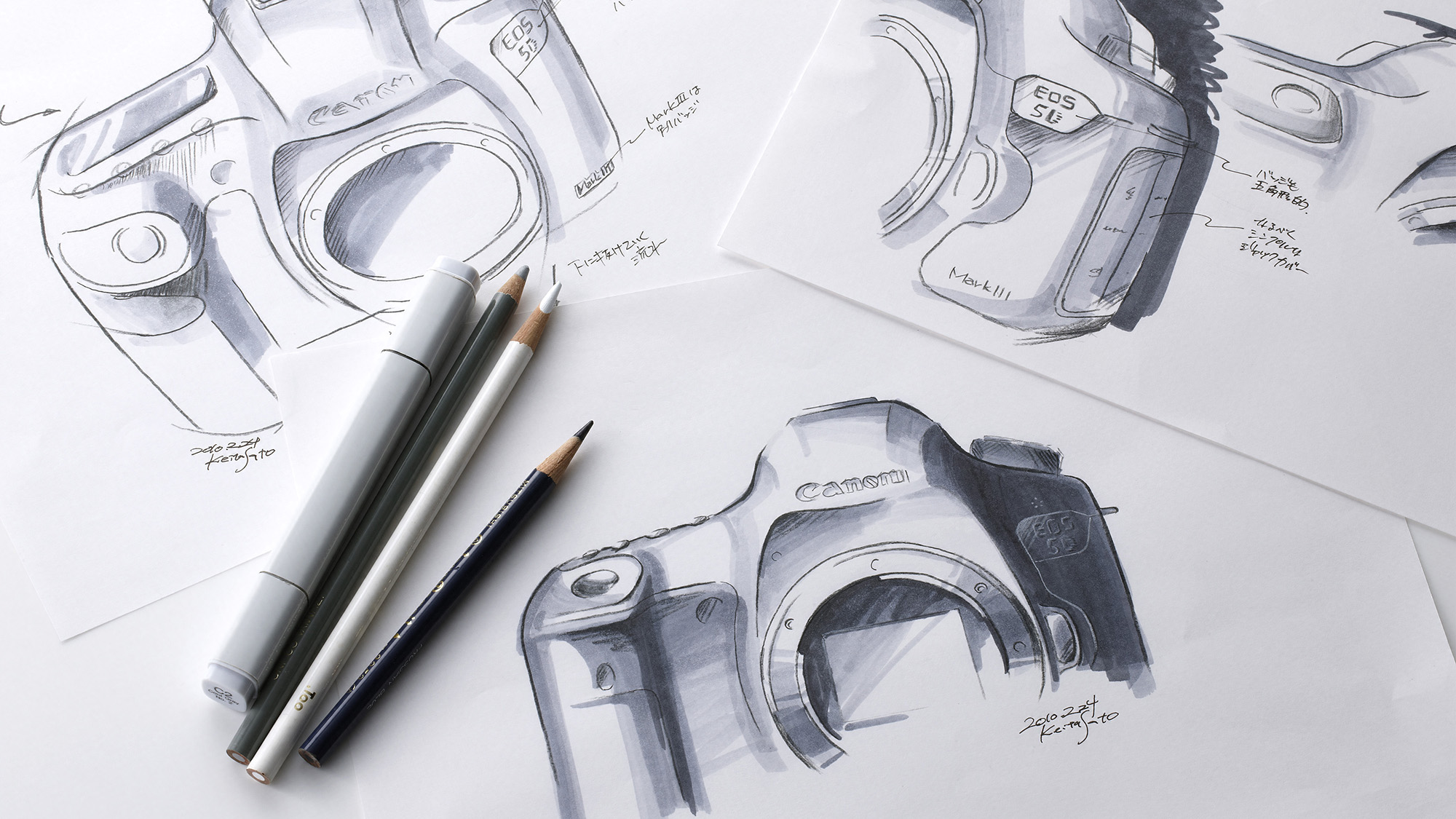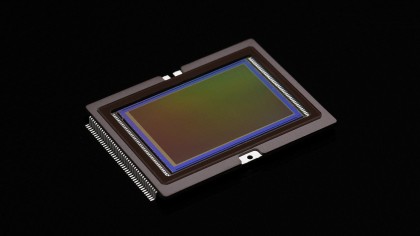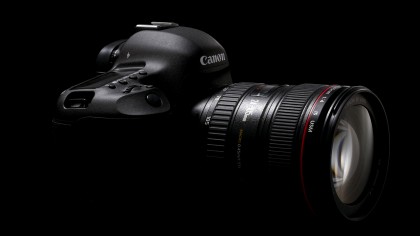Canon EOS 5D Mark IV: What we want to see
What we'd like to see, and what we expect to see, in Canon's next full-frame DSLR

It's been over four years since Canon dropped the EOS 5D Mark III onto the market, and while it remains a popular camera among enthusiasts and professionals, many will agree that a Mark IV refresh is somewhat overdue. So here's what we expect to see – and what we'd like to see – in the Canon EOS 5D Mark IV.

1. Greater resolution
An upgraded sensor with a higher pixel count is generally the one upgrade we can be sure of seeing in a new version of an existing model. It's true that Canon only made a marginal change here between the EOS 5D Mark II and III models, from 21MP to 22.3MP – but this very fact could mean we're in for a more significant leap for the new arrival.
Even if Canon ramps things up by some margin, though, it seems unlikely that the resolution will go beyond the 36MP mark of the Nikon D810 and Pentax K-1, particularly when you consider that Canon already has the 50MP EOS 5DS and EOS 5DS R in its DSLR stable.
Something around the 28-30MP mark would provide a sweet spot between a resolution high enough to satisfy most applications while keeping image quality high at higher sensitivities, and keeping file sizes reasonable too.
2. 4K video
Canon's EOS 5D Mark II was a landmark camera for both enthusiast and professional videographers, and at this stage it's inconceivable that Canon would release the EOS 5D Mark IV without 4K video – not least because Canon has successfully implemented the technology elsewhere.
With a growing number of relatively affordable mirrorless cameras sporting advanced 4K options, we expect to see this alongside a flat picture profile, together with zebra and focus-peaking options to help out when shooting.
This would all be in addition to the features seen on the EOS 5D Mark III, such as support for time code and inputs for both microphones and headphones. And, as with other 4K-equipped models, we would expect a broader range of high-frame-rate video options when shooting in Full HD quality, to enable the production of slow-motion footage.
Get daily insight, inspiration and deals in your inbox
Sign up for breaking news, reviews, opinion, top tech deals, and more.

3. Broader ISO range
By today's standards, the EOS 5D Mark III's ISO100-25,600 sensitivity range seems limited. True, you can boost this to the equivalent of ISO102,400 if you need to, but this range is eclipsed by a slew of more recent cameras.
At the very minimum we'd expect to see the native sensitivity range stretch to ISO51,200, and it's likely we'll also have extended settings equivalent to ISO204,800 for when absolutely necessary. And who knows – if we're lucky we may even get the ISO409,600-equivalent option from the EOS 1D X Mark II.
4. New processor
A new processor is a near certainty, particularly with 4K video on board. The DIGIC 4 processor used in the EOS 5D Mark III is most likely to be replaced by either the recent DIGIC 6+ model found inside the EOS-1D X Mark II, or an even newer engine (there is also a DIGIC 7 engine, although this has only featured in the PowerShot G7 X II model to date).
With this, we should expect to see improvements in image quality and operational speed; it could also provide an increase in burst speed over the 6fps offered by the EOS 5D Mark III, although on such a model we wouldn't expect much more than an additional 1 or 2fps.

5. Refreshed focusing system
Although we expect to see a focusing system that's similar to the excellent 61-point system inside the EOS 5D Mark III, we should see a handful of changes to ensure that the Mk IV keeps up with the competition.
Sensitivity, for example, is likely to be increased so that the camera performs strongly in low light, from -2EV at the central AF point down to -3EV at a minimum.
It's very likely we'll also see Canon claiming that revisions have been made to improve AF speed and accuracy when shooting both static and moving subjects.